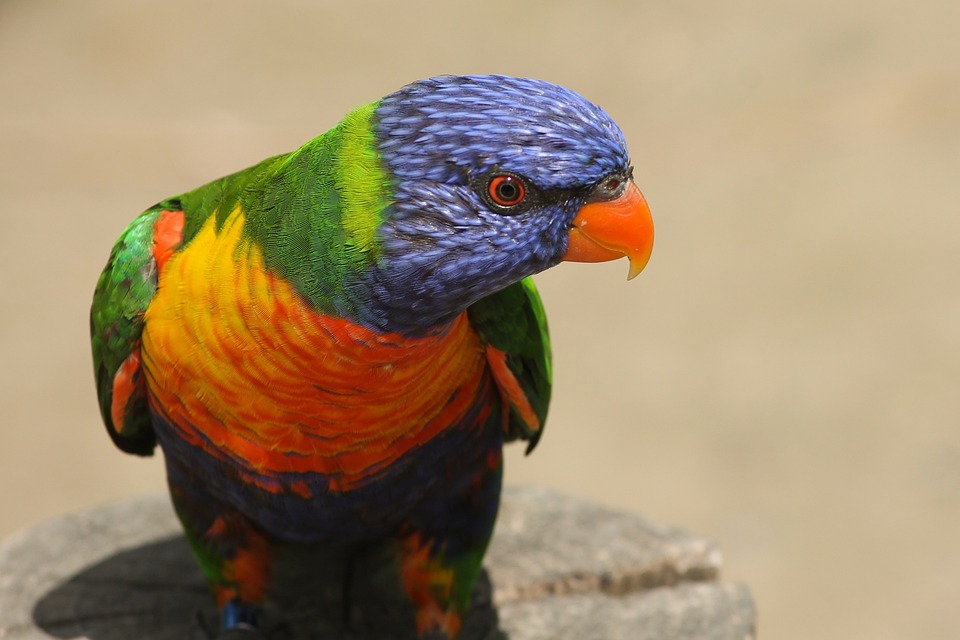Parrots are highly intelligent and social creatures, but they can sometimes feel fearful or anxious when introduced to new training environments. This fear can hinder their progress and make it challenging for them to learn new tricks or behaviors. As an expert in parrot training and SEO, I will guide you through effective techniques to help your parrot overcome fear and thrive in new training environments.
Understanding Parrot Fear and Anxiety
Before we delve into the methods of discouraging fear in parrots, it’s important to understand why they might feel anxious in new training environments. Parrots are prey animals, and their natural instinct is to be cautious and wary of unfamiliar surroundings. This innate fear response can be heightened in captive parrots due to their limited exposure to different environments.
Creating a Safe and Familiar Training Environment
To help your parrot feel more comfortable in new training environments, it’s crucial to establish a sense of safety and familiarity. Here are some steps you can take:
1. Gradual Introductions: Instead of abruptly introducing your parrot to a completely new environment, start with small steps. Begin by bringing familiar training props or toys to the new space. This will help your parrot associate the new environment with positive experiences.
2. Consistency in Training: Parrots thrive on routine and predictability. Stick to a consistent training schedule and use familiar cues or commands during sessions. This will help your parrot feel more at ease and confident in the new environment.
3. Positive Reinforcement: Reward your parrot with treats, praise, or their favorite toys when they display calm behavior in the new training environment. Positive reinforcement helps create positive associations and gradually reduces fear or anxiety.
Gradually Introducing Novel Stimuli
Parrots can be easily overwhelmed by new sights, sounds, and smells. By gradually introducing them to novel stimuli, you can help them become desensitized and more comfortable in new training environments. Here’s how:
1. Start with Familiar Objects: Begin by adding one new object at a time to the training area. This could be a new toy, perch, or even a different training prop. Allow your parrot to investigate the object at their own pace, rewarding them for calm behavior.
2. Progressive Exposure: Once your parrot shows comfort with one new object, gradually introduce more novel stimuli. This could include different sounds, scents, or even rearranging the training area. Take it slow and give your parrot enough time to adjust before moving on to the next stimulus.
3. Desensitization Techniques: If your parrot displays fear towards specific stimuli, you can use desensitization techniques. For example, if your parrot is afraid of a certain sound, play it at a low volume initially and gradually increase the volume over time. Pair the sound with positive experiences, such as treats or playtime, to help them associate it with something pleasant.
FAQs: Frequently Asked Questions
Q: How long will it take for my parrot to overcome fear in new training environments?
A: The time it takes for a parrot to feel comfortable in new environments varies. It depends on their individual temperament, previous experiences, and the effort you put into gradual introductions. With patience and consistency, most parrots can overcome fear within a few weeks to a couple of months.
Q: What if my parrot shows extreme fear or aggression in new training environments?
A: If your parrot’s fear or aggression seems severe or unmanageable, it’s advisable to seek help from a professional avian behaviorist. They can assess the situation and provide tailored guidance to ensure the safety and well-being of both you and your parrot.
Q: Can I use punishment to discourage fear in my parrot?
A: Punishment should never be used to address fear in parrots. It can worsen their anxiety, damage trust, and lead to aggression. Focus on positive reinforcement, gradual exposure, and creating a safe environment to help your parrot overcome fear.
By following these techniques and understanding your parrot’s unique needs, you can help them overcome fear and thrive in new training environments. Remember, patience, consistency, and positive reinforcement are key to fostering a strong bond with your parrot and achieving successful training outcomes.









